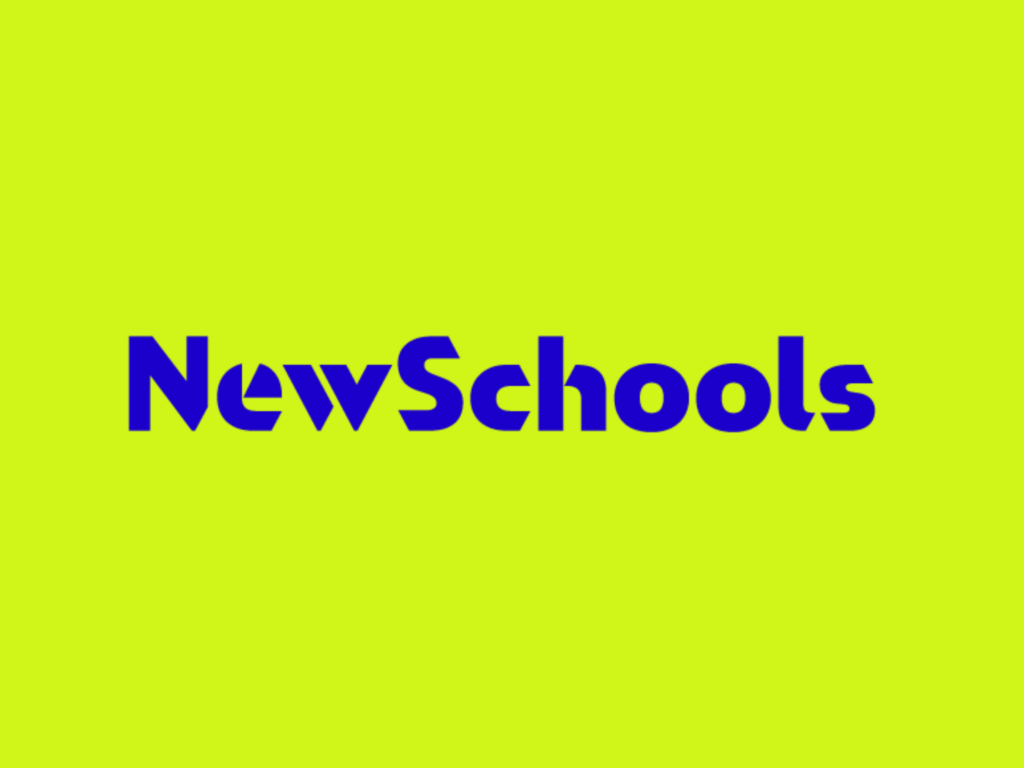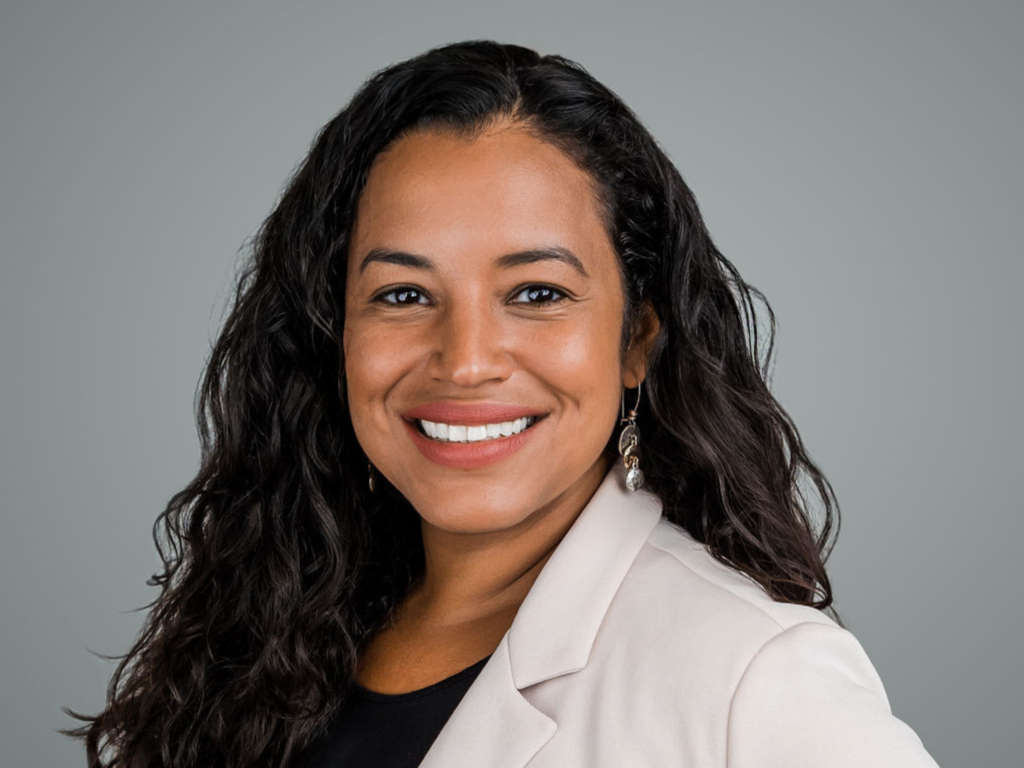A nonprofit group in California is plowing millions of donated dollars into new charter schools around the country, with uneven but largely promising results.
The NewSchools Venture Fund, launched nine years ago to support educational entrepreneurs, recently hit a milestone: It has raised $100 million, helped along by a big gift last summer that propelled it to the top of the heap among the Seattle-based Bill & Melinda Gates Foundation’s education grantees. So, what’s it doing with all that money?
A core activity of the San Francisco-based venture philanthropy is to create systems of high-performing charter schools, which are publicly financed but not typically operated by school districts, in big cities with chronic academic challenges.
Analysts suggest NewSchools’ biggest impact has been to help firmly establish charter-management organizations – nonprofits that spawn and operate clusters of like-minded charter schools – as part of the education marketplace.
The fund is now supporting the work of 16 CMOs with 102 charter schools serving nearly 30,000 students, most of them from disadvantaged demographic groups. By 2010, it expects those numbers to climb to 60,000 students in 200 schools.
“NewSchools has truly put the nonprofit version of the CMO on the map,” said Bryan C. Hassell, an expert on charter schools based in Chapel Hill, N.C. “I think they were kind of a voice in the wilderness for a while on this point, but now it’s become a central strategy for a lot of people.”
Even some charter advocates question whether that’s a good thing. In their view, CMOs are not the best or even the most cost-effective way to create more high-quality charter schools, compared with seeding individual schools. NewSchools, for its part, thinks its results to date are proving skeptics wrong.
Early academic returns, based on a NewSchools analysis of 2004-05 test-score data, suggest that nearly all of the fund’s CMOs outscored the districts in which they operate in reading, and more than half did so in mathematics. Performance varies from CMO to CMO, and often even for schools run by the same charter operator, with at least a few schools showing disappointing results.
Ted Mitchell, who became the chief executive officer of NewSchools in fall 2005, said he’s generally pleased with the academic progress of the CMOs, especially given that many of the schools are fairly new.
But he acknowledged some trouble spots, and said NewSchools has talked with some of its CMOs about slowing expansion plans to focus more intensively on academic quality.
“I think we underestimated the difficulties of achieving consistent, super-high quality,” he said. “It’s really hard to put together and sustain a great academic program.”
Not Just Charter Schools
The majority of NewSchools’venture capital has gone to support the creation and expansion of CMOs. It has primarily directed the funding to projects in six urban areas: Los Angeles, the San Francisco Bay Area, Chicago, New York City, Philadelphia, and Washington.
Next on its list, Mr. Mitchell said, is New Orleans, which has both great academic need and the opportunity for an even larger role for charters in the aftermath of Hurricane Katrina’s devastation.
Yet despite its heavy involvement in CMOs, the philanthropy’s ambitions extend beyond the charter sector.
“Charters are only part of our strategy,” said Mr. Mitchell. “Our basic purpose in the world is to support educational entrepreneurs, where entrepreneurship can be helpful in transforming school systems.”
NewSchools has long invested in other types of organizations. For instance, it was one of the earliest backers of New Leaders for New Schools, a New York City-based nonprofit organization that’s working with some urban districts to help recruit and train principals.
The venture fund helped launch a Web site called Greatschools.net that provides information on schools nationwide. And it recently provided $250,000 to New Schools for New Orleans, a new nonprofit group working to support charters in that city.
The fund is also known for the NewSchools Summit, a conference for those involved in education entrepreneurship held in the San Francisco Bay Area each year since 1999. This year, the summit is moving to New Orleans.
NewSchools was started by social entrepreneur Kim Smith and venture capitalists L. John Doerr and Brook Byers, both longtime partners at Kleiner, Perkins, Caufield & Byers, a Silicon Valley venture firm. Mr. Doerr has helped direct venture dollars to prominent technology companies including Google, and has been a major contributor to the Democratic Party.
Ms. Smith stepped down as NewSchools’ CEO in 2004 and now is a senior adviser to the fund. Her successor, Mr. Mitchell, who was on the board since NewSchools began, brings a background in education rather than business. He was the president of Occidental College for seven years and the dean of the education school for eight at the University of California, Los Angeles.
NewSchools has raised money from individuals, philanthropies, and even the federal government. By far, the largest donor is the Gates Foundation. It committed $30 million last summer, bringing to $57 million its total giving to the fund. Other donors include the Los Angeles-based Broad Foundation, the Annie E. Casey Foundation in Baltimore, and the Bentonville, Ark.-based Walton Family Foundation.
NewSchools uses a rigorous process to ensure its ventures have “the basic genetic code for success,” Mr. Mitchell said. In 2005, it reviewed 126 business plans, did “initial diligence” on 25 of those, and closely scrutinized 14 organizations before ultimately selecting five for investments, he said.
The engagement doesn’t end there. The philanthropy and its CMO ventures agree to detailed milestones to be met over time, from academic-performance targets to the hiring of key personnel and other matters.
Douglas S. McCurry, the superintendent of Achievement First, acknowledges that at times the process can feel overwhelming, but he says it’s worthwhile.
“They force a discipline on the organization that’s healthy,” he said.
Taking a cue from the venture-capital world, typically at least one NewSchools staff member serves on the board of its ventures.
“They don’t just sit back to see if you succeed or fail; they’re hands-on to help ensure your success,” said Judy I. Burton, the president and chief executive officer of the Alliance for College-Ready Public Schools, in Los Angeles.
Careful and Shrewd
The CMO ventures that NewSchools backs have been growing steadily in numbers and influence, though Mr. Mitchell concedes that the pace of growth isn’t quite as fast as initially hoped.
The Alliance for College-Ready Public Schools runs seven Los Angeles charters with two more to open next fall. Aspire Public Schools operates 18 schools in several California cities, including the Bay Area and Los Angeles. It no longer gets money from NewSchools, but remains an active partner. Achievement First runs 10 schools in New Haven, Conn., and New York City; four new academies opened this fall.
Green Dot Public Schools, which operates 10 Los Angeles-area charters, recently got $10.5 million from the Broad Foundation to open 21 new, small high schools there over the next four years.
Bruce Fuller, an education professor at the University of California, Berkeley, said he sees a “pretty strong track record“for the NewSchools ventures, citing the work of CMOs such as Green Dot and Aspire.
“The other thing theyrre doing, and it makes a lot of people nervous in California, is they’re supporting a broader challenge to urban school bureaucracies,” he said. “It’s a careful and shrewd political organization that’s putting pressure on big urban school districts.”
Ms. Smith said she sees the fund’s work as providing a blend of pressure and help. “[One] idea that is pretty core to us is ‘co-opetition,’” she said, pointing out that NewSchools has worked closely with district leaders in places like New York City and Chicago. “You’re neither 100 percent competitor nor cooperator. – That leads to greater impact.’
But Alex Molnar, who heads the Education Policy Studies Center at Arizona State University, in Tempe, doubts the venture fund will have a lasting impact.
“There’s absolutely nothing new here,” he said. “It’s the same tired rhetoric about competition, the same identification of high-performing schools that are going to serve as models, the same idea that somehow, magically, the presence of these schools is going to make schools that are underperforming into performers.”
He added, “It’s all very glib, it’s all very slick, and it’s all ultimately very empty.”
The venture firm collects lots of data on its CMOs, from details on academic performance and financial operations to the backgrounds of teachers hired.
About two-thirds of the students are from low-income families. Eighty-five percent are either Hispanic or African-American.
NewSchools provided Education Week with enrollment and performance data, though it declined to reveal the names of the CMOs in charts comparing their performance. The 2004-05 data show that a majority of the CMOs are outperforming their host districts on state exams, especially in reading.
Taken as a whole, elementary and middle school students from the CMOs during the 2004-05 academic year achieved 43 percent higher proficiency rates in reading on state exams than their host districts, and 28 percent higher proficiency rates in mathematics, the NewSchools analysis found.
In high school, the CMO students on average showed 46 percent higher proficiency rates in reading than their host districts overall. The math results were more mixed, with the CMO students showing a proficiency rate 7 percent higher. Of nine CMOs examined that had high schools, five outperformed the district average, two were just shy of it, and two more were far below it.
Mixed Results in California
Education Week also examined recent data from the Academic Performance Index in NewSchools’ home state of California, where seven of the CMOs are based. The index allows for comparisons for schools with similar student demographics across the state.
Of 21 charter schools in the NewSchools portfolio with such comparative data available for 2005, nine were ranked in the top 10 percent of similar schools, and another seven were in the top half.
But results for some California schools are less than stellar.
Leadership Public Schools has been struggling with two of its five campuses in the Bay Area, said Mark E. Kushner, who heads the San Francisco-based CMO. The organization recently hired a new principal for its high school in East Palo Alto, and it plans to do the same for the Richmond, Calif., campus next year, he said. The group also has scaled back growth plans.
“We were planning to open up two or three a year,” Mr. Kushner said, “but decided not to open any this next fall, and stay at this level until we ensure outstanding schools at all of our [campuses].”
Mr. Mitchell, the NewSchools CEO, said that overall, he sees the fund’s portfolio as showing strong academic achievement to date, noting that the schools are “for the most part on a positive trajectory.”
“These are really young enterprises, and three, four, five years into this work, it’s no surprise that there’s variation,” he said.
Looking ahead, beyond expanding its CMO work, NewSchools aims to take a second stab at building a large pool of money to help ensure high levels of student achievement both in CMOs and in districts where the philanthropy concentrates its efforts.
NewSchools faltered a few years ago when it tried to build a Performance Accelerator Fund to enhance the capacity of school systems to be performance-driven. It set a goal of raising $20 million to $30 million, but only received about $3 million.
“That was very frustrating to me,” said Ms. Smith, the former CEO.
NewSchools isn’t giving up on the idea. It aims to raise money to invest in entrepreneurs who will devise interim performance assessments of students, offer staff development to enhance instruction, and attract more high-quality teachers to public schools.
Also, it’s looking into ventures to turn around low-performing schools.
“The demand is so clear,” Mr. Mitchell said. “We’re deep in the analysis side right now.”

